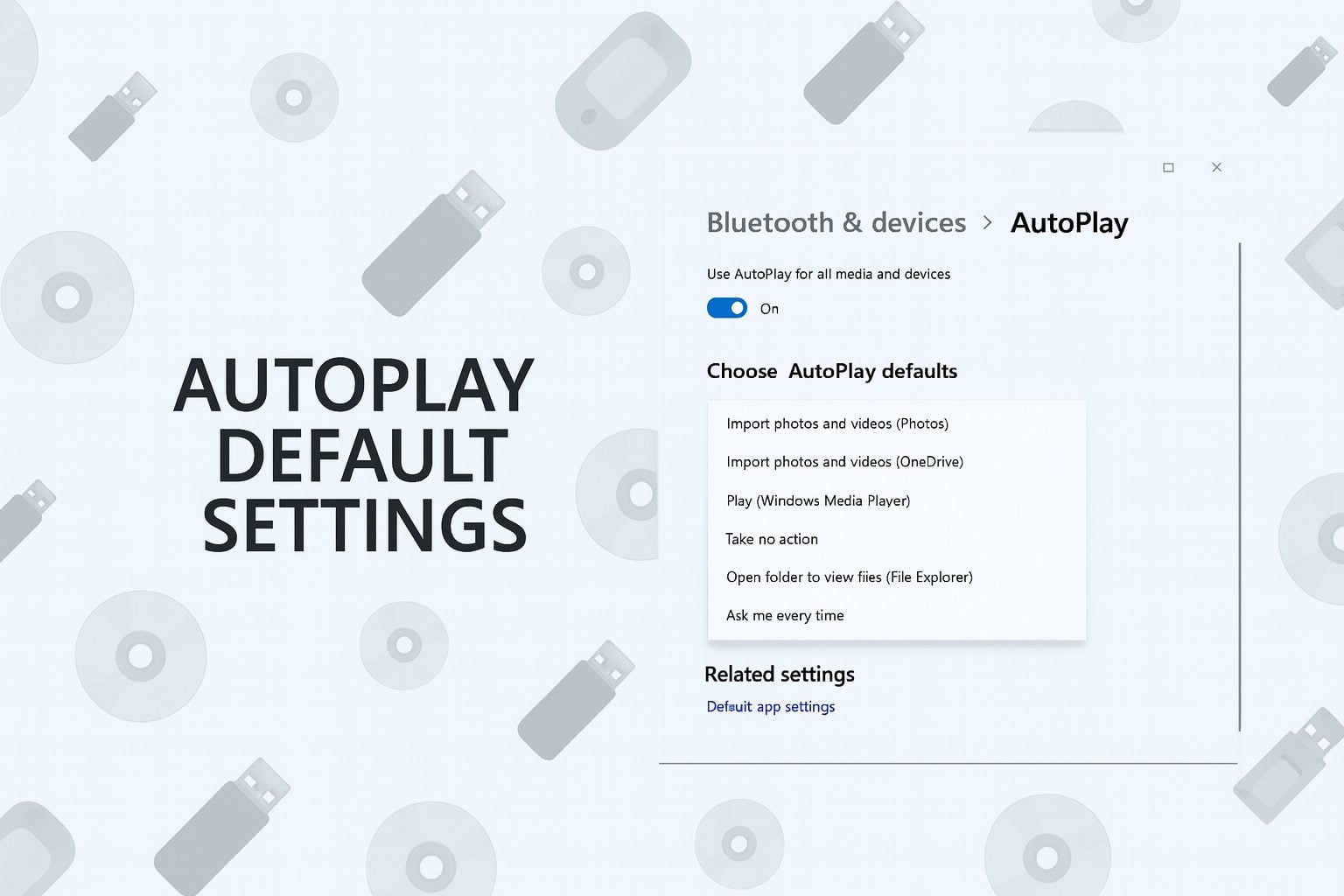How to Verify a Checksum on Windows [MD5 or SHA256]

Learning how to verify a checksum on Windows ensures the integrity of your downloads and protects your system from corrupted or tampered files. Whether it’s a driver, ISO, or software package, checksum verification helps you confirm the file’s authenticity.
Table of contents
Does Windows Have a Checksum?
Yes. Windows can calculate and verify checksums using built-in tools. A checksum is a short but unique string generated by running an algorithm like SHA-256 or MD5 on a file.
The algorithm examines every bit of the file and produces a hash value. This helps you:
- Identify file changes – Compare two checksums to confirm a file hasn’t been altered.
- Protect downloads – Detect and prevent the use of corrupted or malicious files.
You can quickly verify checksums in Windows using built-in utilities or third-party tools.
Where Is Checksum Located?
You can generate and check file hashes in Windows using CertUtil, a built-in command-line tool that’s part of Certificate Services. CertUtil offers the -hashfile switch, which allows you to produce a hash value using a chosen algorithm.
Certificate Services handle request validation and certificate issuance, but its hashing capability makes it useful for file integrity checks. You can run CertUtil in either PowerShell or Command Prompt without installing extra software.
How do I verify a checksum on Windows [MD5 or SHA256]?
1. Use the Windows Command Prompt
- Press the Windows key +R to open the Run window, type cmd in the text field, and press Enter.
- Navigate to the folder that contains the file wherein the MD5 checksum you want to verify is.
- Type cd followed by the path to the folder e.g.:
cd Documents - Next, type this and press Enter.
certutil -hashfile <file> MD5 - Replace the <file> with the filename.
- Wait for it to load, then compare the resulting checksum with what is expected for the software.
You can also look at our detailed guide on adding the run command to the start menu. This will prevent the stress of taking multiple steps before accessing it.
2. Verify checksum by using your File Explorer
- Download HashTab from the developer’s official website, click on the downloaded file, and follow the on-screen instructions to install.
- After installation, right-click on the file you want to run a checksum.
- Then, select Properties from the context menu.
- Locate and click on the tab labeled File Hashes at the top of the window to see the MD5, SHA-1, and CRC32 hashes for your selected file.
- Copy the checksum you want to compare against and paste it into the Hash Comparison dialog box.
- If the hash matches, you will see a green check mark and a red X if it does not match.
3. Use Windows PowerShell
- Click on Start on your Taskbar and type Powershell and select Run as administrator under Windows PowerShell.
- Type the following and add a space:
Get-FileHash - Drag the downloaded ZIP file onto the Windows PowerShell window after the Get-FileHash command. The path after the command should be similar to this:
C:\Users\UserName> Get-fileHash C:\Users\UserName\Downloads\cdq2019s14_Windows.zip - Inspect the calculated hash value while comparing it with the original one. There will be a glaring difference in the checksum, even if there are only a few differences in the underlying file.
You can verify a checksum on Windows using the means provided above. Ensure to follow the steps strictly for optimal results.
Do not hesitate to use the comments section if you have any questions or comments.
Read our disclosure page to find out how can you help Windows Report sustain the editorial team. Read more











User forum
1 messages